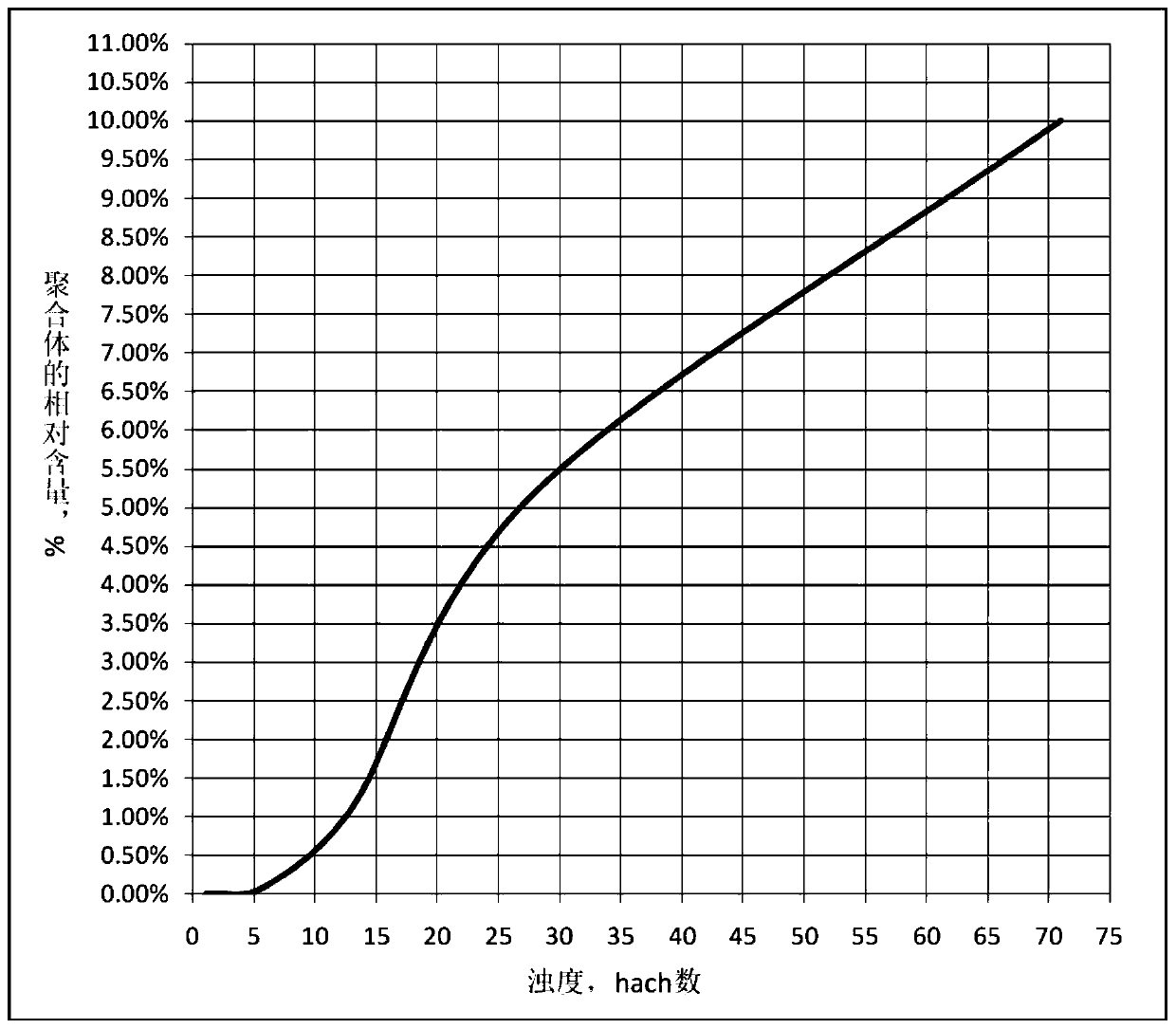Method for evaluating relative content of silane coupling agent polymer
A technology of silane coupling agent and relative content, which is applied in measurement devices, instruments, and analysis by nuclear magnetic resonance, etc., to achieve the effects of good repeatability and stability, improved process, and low detection cost
- Summary
- Abstract
- Description
- Claims
- Application Information
AI Technical Summary
Problems solved by technology
Method used
Image
Examples
Embodiment 1
[0043] Select a group of "bis(3-propyltriethoxysilane) tetrasulfide" samples, do liquid phase detection and density index detection according to the method of GB / T 30309-2013, and determine the average sulfur chain length and density data. Five samples with similar average sulfur chain lengths and significantly different densities were selected as a set of standard samples.
[0044] The relative content of polymers in this group of bis(propyltriethoxysilane) tetrasulfide standard samples was analyzed by using the method of nuclear magnetic resonance silicon spectrum and hexamethyldisiloxane as a reference. Get the following data:
[0045] Table 1 polymer content
[0046] project 1# standard sample 2# standard sample 3# standard sample 4# standard sample 5# standard sample polymer content 0.012% 0.107% 1.132% 5.201% 10.007%
[0047] The above five standard samples were prepared into ethanol solution with ethanol according to the volume ratio ...
Embodiment 2
[0055] Select a group of "bis(3-propyltriethoxysilane) trisulfide" samples, do liquid phase detection and density index detection according to the method of GB / T 30309-2013, and determine the average sulfur chain length and density data. Six samples with similar average sulfur chain lengths and significantly different densities were selected as a set of standard samples.
[0056] The relative content of polymers in this group of bis(propyltriethoxysilane) trisulfide standard samples was analyzed by using the method of nuclear magnetic resonance silicon spectrum and hexamethyldisiloxane as a reference. Get the following data:
[0057] Table 3 polymer content
[0058] project 1# standard sample 2# standard sample 3# standard sample 4# standard sample 5# standard sample 6# standard sample polymer content 0.02% 0.22% 2.16% 10.09% 15.37% 20.29%
[0059] The above 6 standard samples were prepared into ethanol solution with ethanol according to ...
PUM
 Login to View More
Login to View More Abstract
Description
Claims
Application Information
 Login to View More
Login to View More - R&D
- Intellectual Property
- Life Sciences
- Materials
- Tech Scout
- Unparalleled Data Quality
- Higher Quality Content
- 60% Fewer Hallucinations
Browse by: Latest US Patents, China's latest patents, Technical Efficacy Thesaurus, Application Domain, Technology Topic, Popular Technical Reports.
© 2025 PatSnap. All rights reserved.Legal|Privacy policy|Modern Slavery Act Transparency Statement|Sitemap|About US| Contact US: help@patsnap.com


